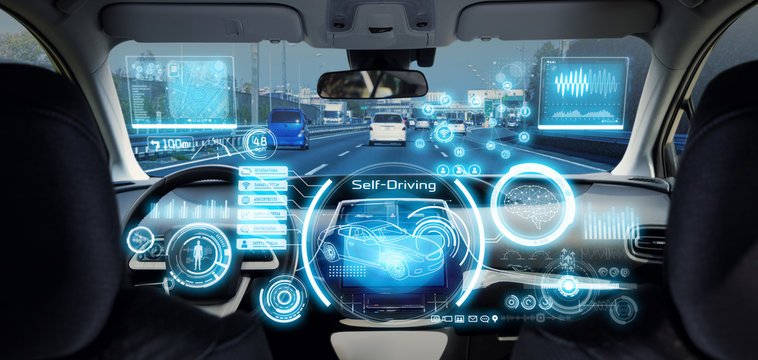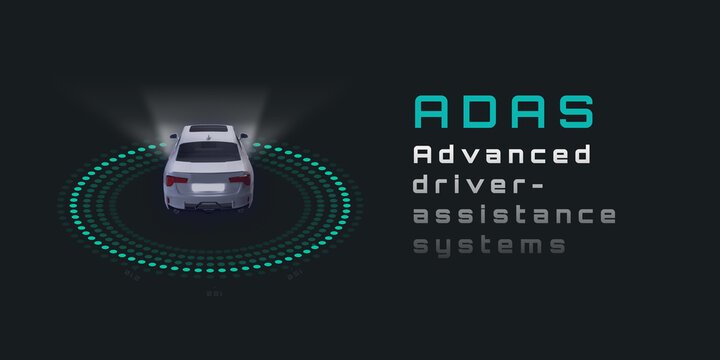Understanding Advanced Driver Assistance Systems (ADAS)
In the realm of automotive technology, the rapid evolution of Advanced Driver Assistance Systems (ADAS) is reshaping the way we drive and perceive road safety.
ADAS encompasses a wide array of sophisticated electronic systems designed to assist the driver in various aspects of the driving process. These systems are engineered to enhance vehicle safety, improve convenience, and ultimately pave the way for autonomous driving in the future.
Evolution and Components
ADAS technology has come a long way since its inception, with continuous advancements and innovations driving its evolution.
Initially, ADAS primarily consisted of features like anti-lock braking systems (ABS) and electronic stability control (ESC).
However, modern ADAS incorporates a plethora of sensors, cameras, radar, lidar, and advanced computing capabilities to offer a comprehensive suite of safety and convenience features.
Key Components of ADAS Include:
- Cameras: Utilized for lane departure warning, traffic sign recognition, pedestrian detection, and surround-view monitoring.
- Radar Sensors: Enable adaptive cruise control, collision avoidance, blind-spot detection, and rear cross-traffic alert.
- Lidar Sensors: Offer precise 3D mapping and object detection capabilities, crucial for autonomous driving.
- Ultrasonic Sensors: Aid in parking assistance systems by detecting nearby objects during low-speed maneuvers.
- Control Units: Act as the brain of the ADAS, processing data from various sensors and orchestrating vehicle responses.
Safety Advantages
The primary objective of ADAS is to enhance safety on the road by providing drivers with additional support and assistance in potentially hazardous situations.

These systems can help mitigate the risk of accidents and reduce the severity of collisions by alerting drivers to potential dangers and, in some cases, taking corrective action autonomously.
Features such as automatic emergency braking (AEB), forward collision warning (FCW), and lane-keeping assist (LKA) contribute significantly to preventing accidents caused by human error, distraction, or fatigue.
Convenience and Comfort
Beyond safety enhancements, ADAS also offers numerous conveniences that make driving more comfortable and enjoyable.
Adaptive cruise control (ACC) maintains a safe distance from vehicles ahead, reducing the need for constant speed adjustments in traffic. Parking assistance systems use sensors and cameras to facilitate effortless parking maneuvers, especially in tight spaces.
Additionally, features like automatic high beam control and traffic jam assist alleviate the burden on drivers in challenging driving conditions.
Challenges and Considerations
While ADAS technology holds immense promise, several challenges and considerations must be addressed for widespread adoption and effectiveness:
- Interoperability: Ensuring seamless integration and compatibility among different ADAS components from various manufacturers is crucial for optimal performance.
- Reliability and Redundancy: ADAS systems must demonstrate high reliability and incorporate redundancy measures to prevent system failures that could compromise safety.
- User Education: Proper training and education are essential to help drivers understand the capabilities and limitations of ADAS features to use them effectively.
- Data Security and Privacy: With the increasing connectivity of vehicles, safeguarding sensitive data and ensuring user privacy become paramount concerns.
- Regulatory Framework: Establishing clear regulations and standards is necessary to govern the development, deployment, and operation of ADAS systems, fostering trust among consumers and manufacturers.
The Road Ahead
As technology continues to advance, ADAS will play an increasingly pivotal role in shaping the future of transportation. The integration of artificial intelligence (AI) and machine learning algorithms promises to further enhance the capabilities of ADAS, enabling more sophisticated decision-making and adaptive responses in real-time scenarios. Moreover, the gradual progression towards autonomous driving will see ADAS evolving into more autonomous systems, eventually leading to fully self-driving vehicles.
In conclusion, ADAS represents a significant leap forward in automotive safety and convenience, offering a glimpse into a future where driving is not only safer but also more enjoyable and efficient. However, realizing the full potential of ADAS requires collaboration among automakers, policymakers, regulators, and consumers to address challenges effectively and pave the way for a safer and more connected transportation ecosystem.




